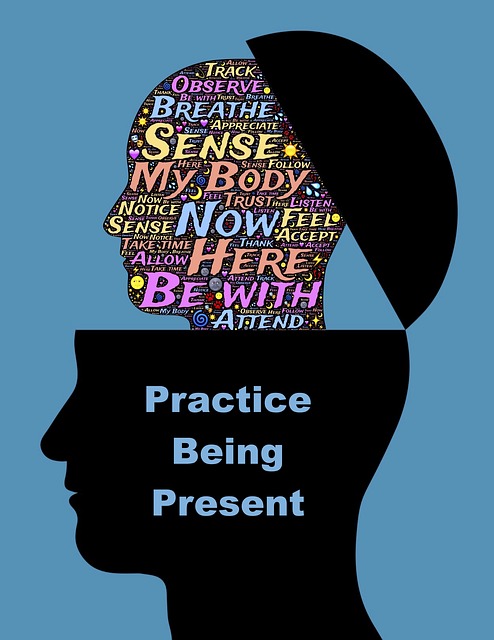Bill George presented at the recent Encore of the 5th Mindful Leadership Summit. Bill is a co-author of The Discover Your True North Fieldbook which explores ways to become an authentic leader. He was formerly Professor of Management Practice (now Senior Fellow) at the Harvard Business School and Chairman & CEO of Medtronic.
Bill highlighted the fact that we are all leaders in whatever context we operate in – whether in work, family, community or in a nursing home. We each have the capacity to positively influence others by our presence, our words and our actions. Science confirms that even our smile can create a positive vibe in those we interact with throughout the day through the processes of mimicry and “emotional contagion”.
What is mindful leadership?
When explaining mindful leadership, Bill drew on the explanation of Janice Marturano, formerly Vice-President of General Mills and founder and executive director of the Institute for Mindful Leadership:
A mindful leader embodies leadership presence by cultivating four things – focus, creativity, clarity and compassion.
Bill stresses that these traits are employed by mindful leaders in the service of others through sharing clarity, modelling self-compassion and compassion for others and bringing focus and creativity to their endeavours to enable collaboration, inclusion and the achievement of desired outcomes.
Developing as a mindful leader
Janice Marturano, author of Finding the Space to Lead: A Practical Guide to Mindful Leadership details mindfulness practices that can be embedded into every aspect of our daily life to improve our overall wellness and enhance our performance in all our endeavours.
Bill argues that in this day and age the emphasis in leadership is on inclusion and empowerment of people to enable them to be the best they can be. This approach of power with, and through, people engages their commitment and energy, supports mental wellness and achieves results far beyond that of the traditional approach of “power over” people which induces compliance and disengagement. People need a sense of agency as a precondition for mental health and wellness – they need to know that they can influence their environment and the way things are done.
The mindful leader brings to any situation self-awareness (how they impact people and the situation) and self-regulation (the capacity to monitor their cognitive, physical and emotional reactions and to exercise flexibility in their responses).
Bill mentioned that he has been meditating daily for 40 years and that this has been transformational. He argued that mindfulness meditation builds self-awareness and self-regulation and the traits that differentiate a mindful leader.
As we grow in mindfulness through meditation and reflection, we can develop self-awareness and self-regulation along with the traits required for mindful leadership – focus, clarity, compassion and creativity.
By Ron Passfield – Copyright (Creative Commons license, Attribution–Non Commercial–No Derivatives)
Image source: courtesy of cocoparisienne on Pixabay
Disclosure: If you purchase a product through this site, I may earn a commission which will help to pay for the site, the associated Meetup group and the resources to support the blog.


